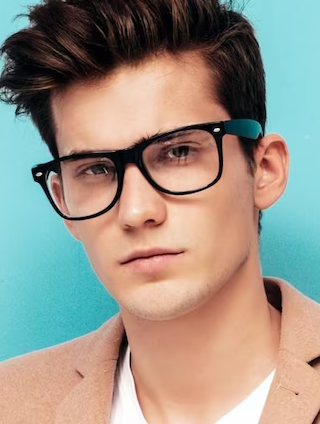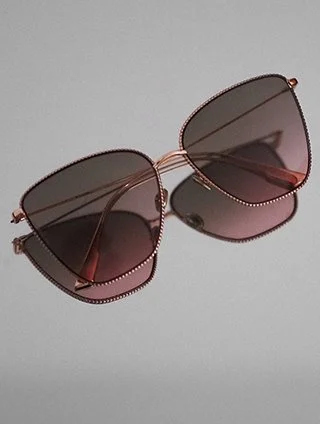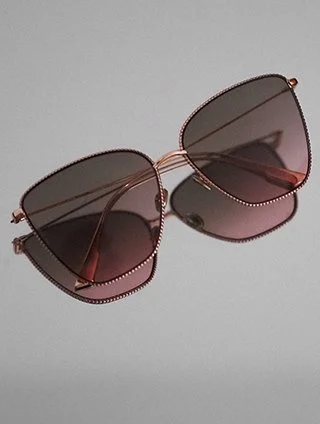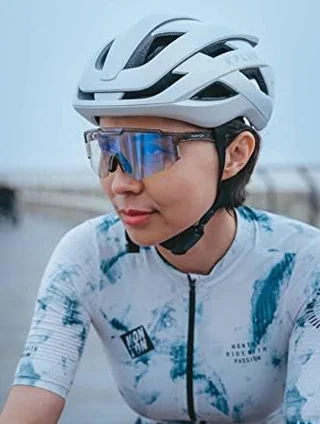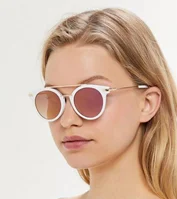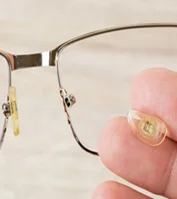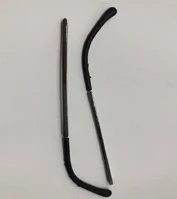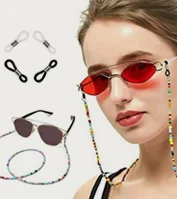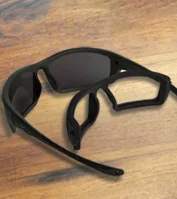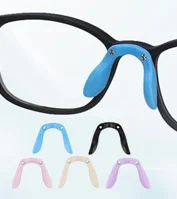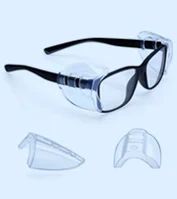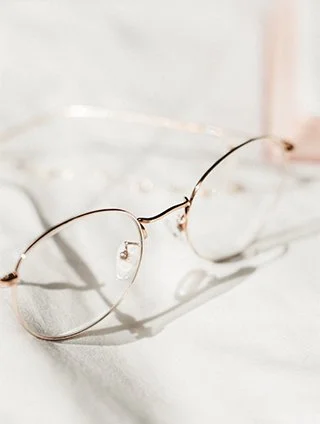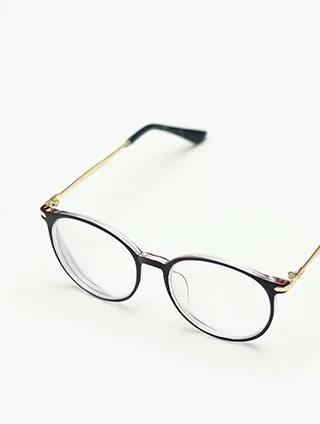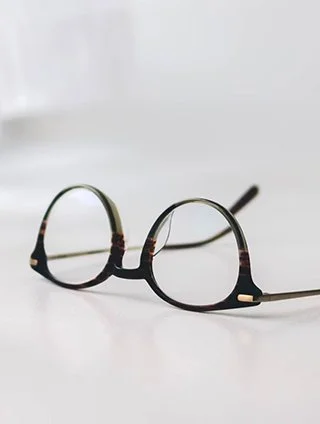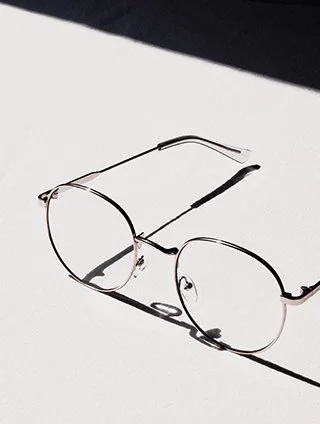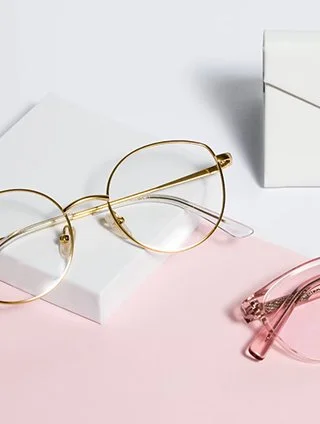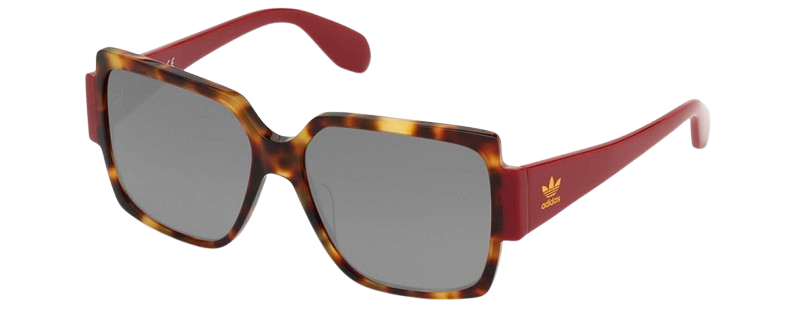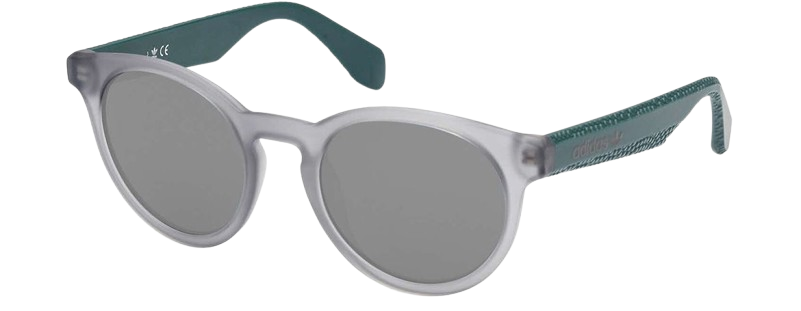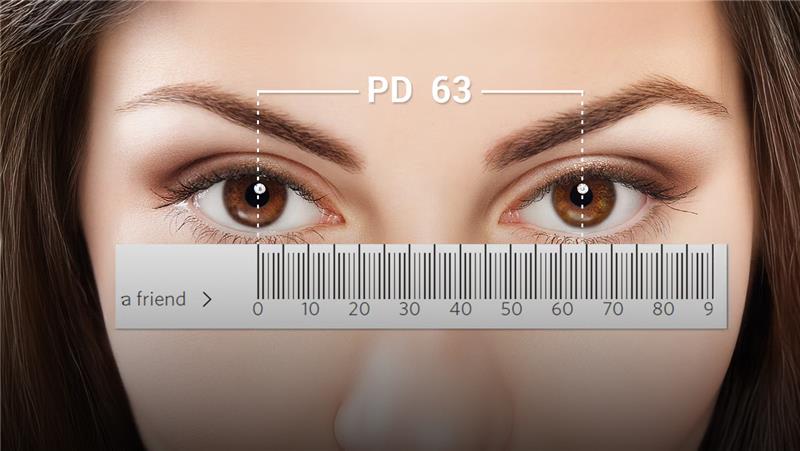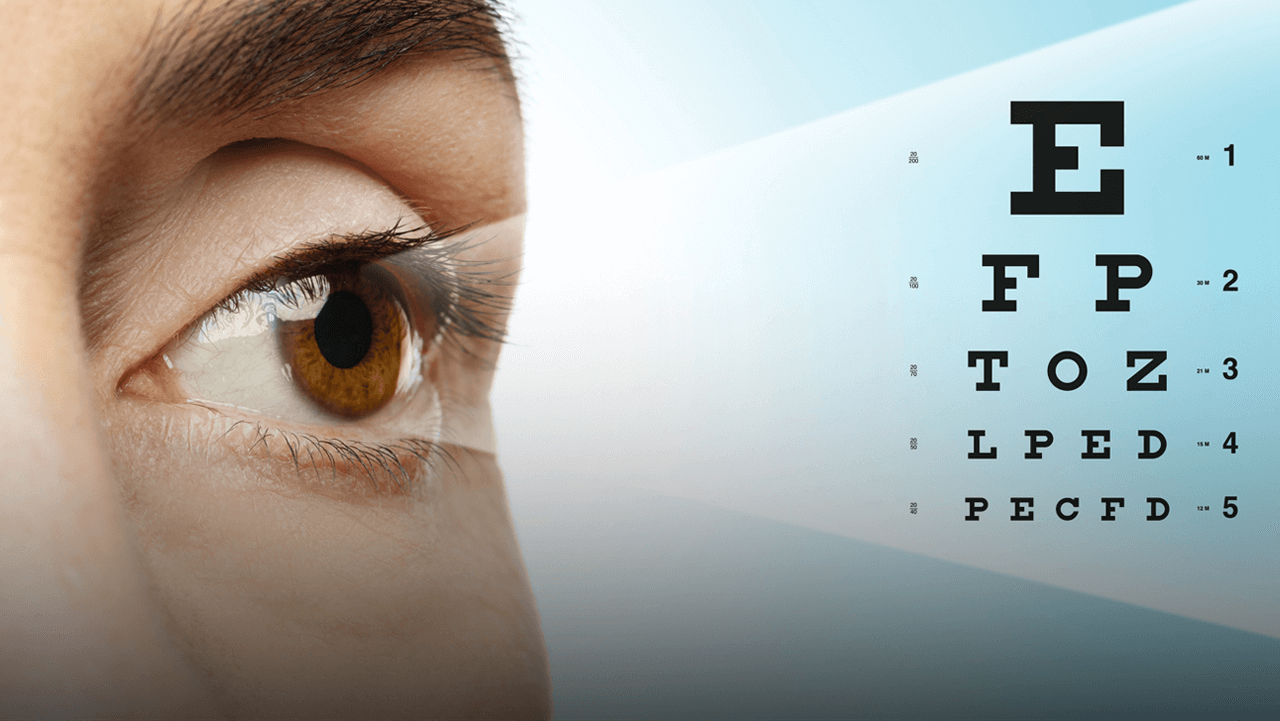Do you always hope to have only one pair of glasses that will suit every need? Think about being able to read books indoors with clear vision while wearing the same set of glasses as your prescription glasses. When you play golf, these glasses will magically transform into sunglasses to shield you from UV radiation. Isn't it a really good deal? But it's not just that.
Transitions lenses are certainly familiar to those who wear glasses. These lenses are made to adapt effortlessly to changing light levels; they become lighter indoors and darker in strong sunlight. They are therefore a fantastic choice for anyone who would like not to change their glasses during the day.
If you're unfamiliar with Transitions lenses, you can be curious about the manual activation process. We'll go over how to enable Transitions lenses in this blog post and address a few common queries about their functionality. In terms of Transition lenses' technology, two procedures are usually involved: imbibing and trans-bonding. Before proceeding, let us gain a better knowledge of these terms:
- Imbibing: The word "imbibing" comes from the Latin word imbibere, which means "drink in." Using this technique, the photochromic dye is absorbed into the lens of your spectacles using heat. The lens surface is covered with an anti-scratch coating once absorption is complete.
- Trans-Bonding: Certain lens materials are resistant to this imbibing process. In these situations, the Trans-Bonding technique is used. The photochromic feature is applied to the lens' surface during this procedure.
The approach is unaffected by variations in lens prescriptions and both techniques provide an identical tint tone.
An Overview of Photochromic Lens History
Corning Incorporated, a material science corporation based in the United States and renowned for its advancements in ceramics, glass, and other cutting-edge technologies, marks the beginning of the history of photochromic lenses.
In the late 1960s, they were the forerunners in creating the first glass photochromic lenses. This innovative creation established the groundwork for the current state of photochromic technology.
A few decades later, Transitions Optical's popularization of the phrase "transition lenses" in the 1990s brought it to widespread attention. We now have a wide range of choices, including progressive lenses that make use of this optical science as well as contemporary plastic photochromic lenses and the original glass lenses.
What Is The Functioning Of Transition Lenses?
A particular kind of photochromic lens is the Transitions Light Intelligent LensesTM. Tiny photochromic molecules make them up. Until the lens comes into contact with UV radiation, it is entirely transparent. The molecules are now moving, changing shape, and absorbing light.
Besides, these molecules undergo a chemical reaction that darkens them and transforms them into a particular shade for sunglasses. When the lens is subjected to UV radiation, it remains dark; but, shortly as it is taken out of direct sunlight, the molecules cause the lens to revert to its transparent form.
Just be aware that although transition lenses change from clear to black relatively rapidly, it may take some time for your lenses back to clear after returning from the outdoors. Make sure you are aware of the environment and take precautions to keep yourself secure if it is dark in the room.
What Causes Transitional Glasses To Activate?
UV radiation is what activates transition lenses. The lenses darken as a result of a chemical reaction that happens when they are in contact with UV light. For this reason, photochromic lenses are another name for transition lenses. Based on the kind of lens, a different amount of UV radiation is required to activate it; nevertheless, in general, when exposed to sunshine, lenses will begin to darken.
Don't miss to read “Do all sunglasses protect your eyes from UV rays?”
What Distinguishes Transitions Lenses from Others?
Find out the various attributes of Transition lenses:
- The capacity of Transitions lenses to change color in response to UV light is their strongest feature. When you walk outside in the sun, they respond to the UV rays and turn dark, much like sunglasses, but they stay completely clear indoors.
- Blue-light filter coating on transition lenses protects you from dangerous blue light emitted by digital devices.
- Today Transition lenses provide defense against damaging UVA and UVB radiation. They are easily integrated into all types of prescription fashion eyewear.
Various Methods for Turning on Transition Lenses
Even if you require prescription glasses for vision correction, you continue to enjoy the advantages they provide for working or being outside. It can be expensive to buy an extra pair of prescription sunglasses or safety glasses. Transition lenses, which darken when in contact with UV rays, assist in solving this puzzle. To help you get used to wearing transition lenses more quickly, there are three major ways to activate them.
Let Sunlight Into Lenses
Transition lenses might take some getting used to, but once users get used to their ease, most find them to be satisfactory. Wearing your transition lenses in the sun is the simplest way to make them darker. You won't always notice a tint in your designer glasses when you stand close to windows because most windows offer some UV protection. This function comes in handy if your workplace is built with lots of natural light.
If your lenses don't darken when you require them to see through your car's windshield, that's less handy. On the other hand, the UV radiation from the sun will cause the shade on your glasses to alter if you close the window. As an alternative, you can inquire with your physician about transition glasses that are designed to react differently to UV or bright light. Then, even in the absence of the other component, either stimulus may cause the lenses to darken.
Put on your Prescription Glasses Outside
Those who work outside are fond of transition lenses. There is no need for them to worry about carrying an additional pair of safety glasses or sunglasses that either fit over their usual frames or have their prescription filled. Just put on the same pair and go about your day.
Your transition lens-equipped prescription safety glasses instantly adapt to shield your eyes from the sun's rays as soon as you put them on at the workplace. Then, as you move into the shade, they reposition to allow in additional light. Without changing prescription glasses, you may always have the best eyesight wherever you work.
Apply Artificial UV Light
Because the beams from artificial UV light sources can do much more harm to the eyes than the sun, people who work with them need to be especially careful about protecting their eyes. UV lamps are frequently used in the following locations as regular procedure:
- Dental offices,
- Medical activities,
- Tanning salons,
- Phototherapy clinics,
- and gardening centers.
UV-blocking technology is used in the creation of prescription eyewear with transition lenses. They shield your eyes from harmful rays and also improve the comfort of your eyes.
Which Common Myths Exist Regarding Transition Lenses?
We want to dispel the following few myths regarding Transition lenses:
- In cars, they are ineffective. As we previously discussed, since the windshield filters a large portion of UV radiation, Transition lenses perform less well in automobiles. That being said, the latest generation of Transitions lenses can react within an automobile.
- It is a common misconception that Transition lenses will not darken in cold weather. However, they do not function in such conditions. Although the lenses' function may be impacted by extremely low temperatures, they are expected to darken in the majority of typical temperature circumstances.
- It always becomes quite dark there: Since transition lenses are made to adapt to changing lighting situations, they won't always get extremely black. The strength of UV radiation present determines how much of it is darkened. Your lenses won't go as dark as they might in full sunshine if you're in a low UV light environment.
Read “Do transition lenses stop working over time?”
New Developments in Photochromic Technologies
Superior Lens Substances and Absorption Methods
Glass lenses had photochromic molecules that were uniformly distributed at first. But when plastic lenses became more common, the absorption technique evolved. The darkening process is now more successful because these molecules penetrate the plastic up to an extent of 150 microns.
Additional Anti-Reflective Coatings
Modern photochromic lenses are more adaptable than ever, with supplementary features like anti-reflective treatment and blue light coating frequently included.
Transition Lenses' Costs
The optician determines the price of Transitions lenses. Transitions lenses are only available from most optical stores in the USA for up to £70. Yet, Eyeweb maintains its commitment to provide top-notch optical services at the most competitive costs.
How to Pick the Right Transitions Lenses?
Do you belong to the group of people who have to go back and forth between indoor and outdoor areas all the time? If so, all you have to do is choose lenses that are Transitions Signature Gen 8. These glasses are worth the buy because of their quick and smooth tint shade changes. They provide the best defence against dangerous UVA and UVB radiation. These Transition lenses can help you see clearly and effectively in a variety of lighting situations.
Conversely, the darkest Transitions lenses are the XTRActive New Generation lenses. Transitions XTRActive lenses are a flexible choice for all your needs, whether you're driving, strolling through a park, or running errands. All of your needs will be met by the Transitions XTRActive lenses, regardless of your interest in sports or outdoor activities like cycling, hiking, or similar pursuits.
The Best Eyeglass Frames For Transitional Lenses
Adidas OR0005
The finest option for transition lenses, if you're looking for sunglasses with a whimsical design, is the Adidas OR0005 Sunglasses for Women. With its distinctive colours, this frame will appear elegant with any ensemble. These sunglasses provide exceptional comfort and feature a retro style with butterfly-shaped lenses.
Adidas OR0005 Sunglasses
Adidas OR0065
Women's aviator-framed Adidas OR0065 sunglasses offer a stylish, feminine touch. made of stainless steel for a strong, elegant, and stylish appearance. Because it resists corrosion, this frame is long-lasting and perfect for transition lenses. Adidas OR0065 sunglasses double-bridged shades will give off a vintage vibe!
Adidas OR0065 sunglasses
Kate Spade Visalia/G/S
Vibrant hues are used to accentuate the appearance, and the Adidas OR0056 glasses have all the attributes required to fit transition lenses. To give them an amazing appearance, a gold pendant has been positioned on the sides. In addition, the frame stands out from the others due to its accurate cat-eye design on the front.
Adidas OR0056 glasses
Benefits and Drawbacks of Transition Lenses
By now, hopefully, you should have a good grasp of Transitions Lenses. Let's quickly review the benefits and drawbacks of various lenses.
Benefits of Transition Lenses
- Transitions lenses are affordable since you only need to buy one pair to meet all of your needs. They provide a range of prescription eyewear and sunnies in one pair.
- Transition lenses come in a variety of styles, so you don't have to purchase prescription eyewear and sunnies separately. You can always put Transitions Lenses in them, regardless of the shapes or patterns you're going for.
- Not to mention, Transition lenses shield your eyes from squinting when exposed to strong sunshine.
Drawbacks to Transitional Lenses
Since transition lenses lack anti-glare coatings, they cannot shield you from glare. Polarized lenses are the only option if you require anti-glare protection. Transitions lenses may not function correctly in colder climates. The Transition procedure takes slightly longer in the winter than it does in the summer.
Where Can You Buy Transitions Lenses Online?
We are only a few clicks distant. Visit our website www.eyeweb.com to view the frames and select the Transitions lenses under the "lens coatings" menu. Transitions lenses are among the best priced at Eyeweb, and you can match them with over a thousand high-end, stylish prescription eyeglasses online models that are priced unbelievably low. Free 14-day returns and we ship to all countries.
Transitional lenses sound to be highly beneficial in all respects. It allows you to wear a single pair of glasses to various lighting situations. To further increase their versatility, you can even personalize the glasses with your prescription. It is an offer you shouldn't pass up, especially when combined with Eyeweb's incredible rates.


